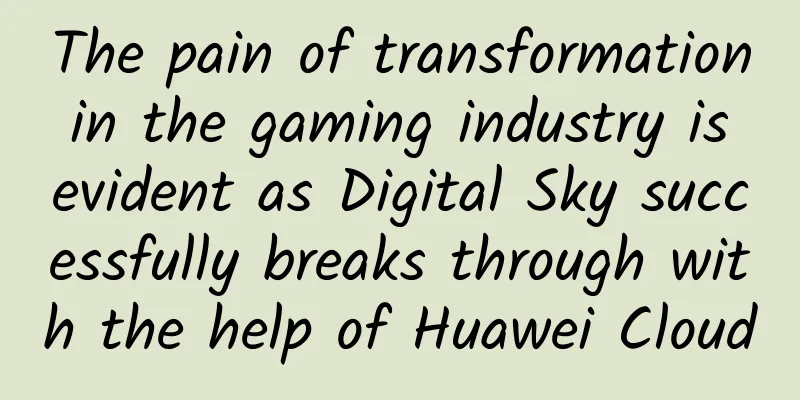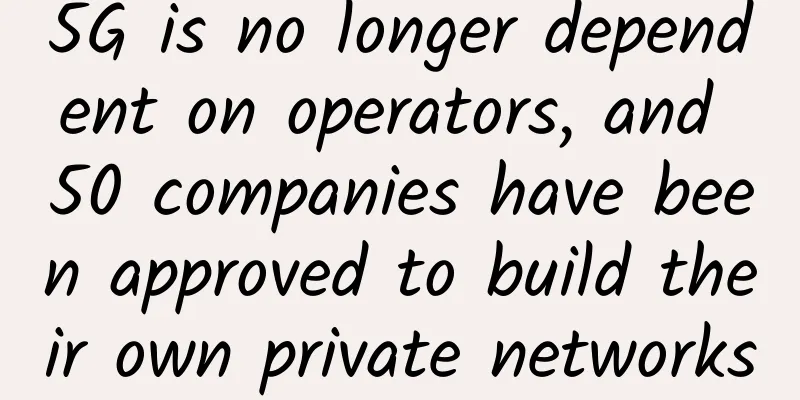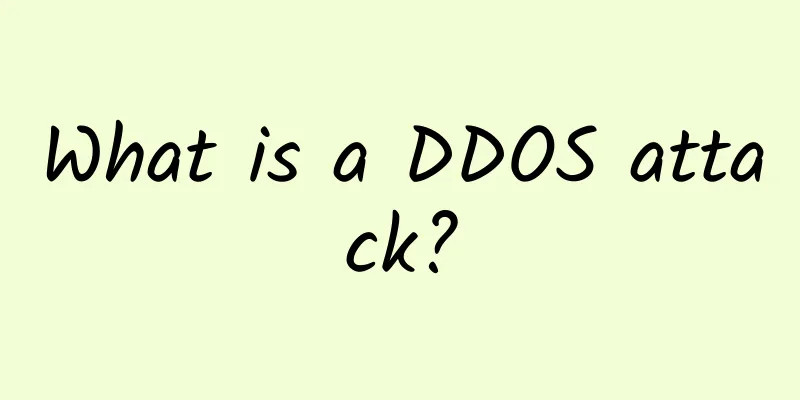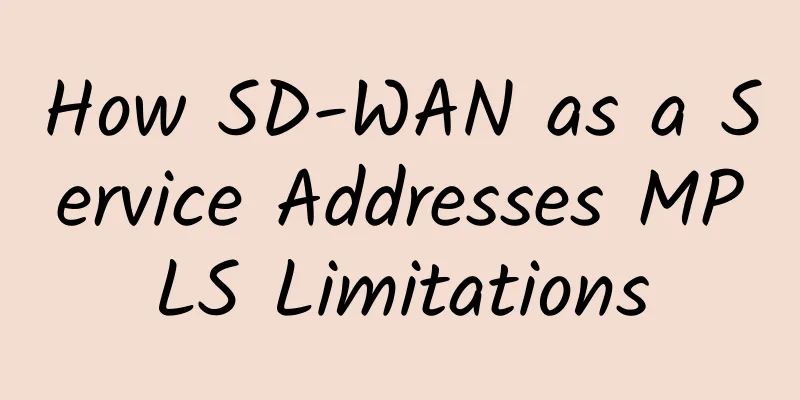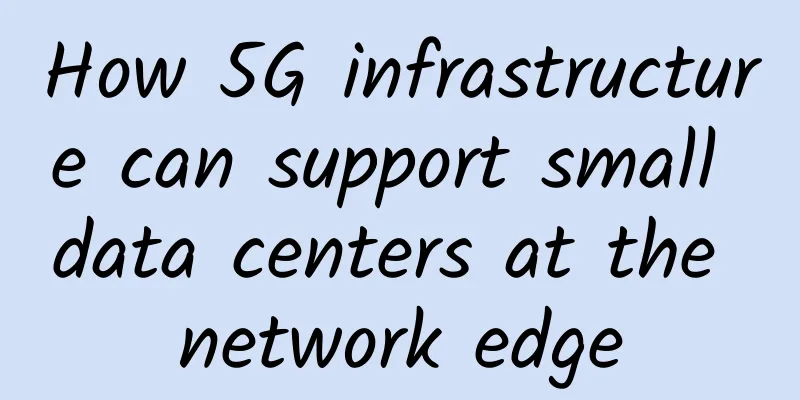Is it wrong to choose WiFi as the route to attack the Internet of Vehicles? It doesn’t matter whether the cat is black or white, as long as it catches the mouse!

|
From the first three-wheeled vehicle developed by Karl Benz with a speed of 18 kilometers per hour to today's super sports cars that can accelerate to over 100 kilometers per hour in three seconds, the quality of human travel has made a qualitative leap over the past 100 years. However, we benefit from cars, but we are also confused by them - there is no doubt that cars have shortened the distance between us and our destinations, but after cars became widely popular, urban traffic pressure has also increased significantly. In the era of the Internet of Things, communication technology has brought another wave of changes to the automotive industry. The Internet of Vehicles is no longer proposed to meet the needs of in-car entertainment, but more importantly, it will coordinate the relationship between cars, cars and people, and cars and roads, and improve the efficiency of the entire transportation system. However, proposing an idea does not mean that the problem can be solved smoothly. The European Commission has recently fallen into a dilemma. In a vote held by EU member states last week, they rejected the vehicle networking technology standard based on WiFi technology proposed by the European Commission. This not only means that many companies that support WiFi technology, represented by Volkswagen, have suffered a Waterloo in Europe, but also means that the camp that supports the C-V2X vehicle networking technology standard based on 5G telecommunications systems, represented by Huawei, BMW, Qualcomm, etc., has won a great victory. Of course, this is not the first time that there have been different tones within the EU.
On March 13 this year, the European Commission announced new rules to promote the deployment of C-ITS (Cooperative Intelligent Transport Systems) on European roads as part of the EU's measures to reduce traffic accident rates. That month, media reported that many automakers in the EU would equip their vehicles with the new C-ITS intelligent technology. In April, EU legislators rejected a proposal to use WiFi technology as a standard for in-vehicle Internet technology. The reason is that the EU telecommunications industry is providing support for 5G standards, and promoting WiFi standards will go against the European Commission's own customized 5G development plan. Now that WiFi technology is being denied again, it must be closely related to the development of 5G technology. Intelligent transportation, dual-line iteration In a traffic system, in order to accommodate more vehicles and improve the efficiency of the entire traffic system, it is necessary to seek breakthroughs in existing technologies. Whether it is solving the induction efficiency problem of the "red and green signal light mode" or exploring the feasibility of unmanned driving, it is a manifestation of the application of intelligent and information technology to transportation, and the Internet of Vehicles technology will enable it to develop in depth. It can be concluded that intelligent connected vehicles and intelligent transportation not only represent the technical direction of the future development of the automotive industry, but will also be the strategic commanding heights for preempting the autonomous driving market and laying out the trillion-dollar blue ocean market. However, due to the different purposes of the standard setters, the Internet of Vehicles standards cannot be dominated by the market like mobile phone operating systems.
Currently, the main vehicle networking standards are divided into two camps. One is ITS-G5 based on WiFi, also known as DSRC (dedicated short range communication); the other is based on cellular networks (4G/5G), especially C-V2X (cellular vehicle to everything) dominated by 5G communication technology. 1. DSRC (Dedicated Short Range Communications) The idea of smart transportation has developed along with urbanization. As early as the beginning of the 20th century, city managers viewed it as a panacea to solve the increasing congestion on urban roads. Since the 1970s, the United States and Japan have successively promoted the construction of ITS projects, hoping to solve the problems of low utilization and safety of traffic resources by integrating more information technology into traffic control systems. In 1986, the European Union launched the "Most Efficient and Safe European Traffic Project", which aims to connect the information between vehicles and between vehicles and roads, and ensure vehicle safety through advanced traffic information technology. In the 1990s, the concept of "Intelligent Transportation System (ITS)" was gradually perfected. At present, the United States (Intelligent Transportation Society of America - ITS America), Europe (European Road Transport Communication Technology Practical Promotion Organization - ERTICO) and Japan (Japan Road Traffic Vehicle Intelligent Promotion Association - VERTIS) are also in a three-way competition in the research and promotion of this technology. As one of the foundations of ITS, DSRC also began to develop in the 1990s. However, due to the regional limitations of the DSRC standard at the application layer, there is still a big difference between the European standard and the American standard. In Europe, the speed of promoting C-ITS varies from country to country. For example, Germany, the Netherlands and Austria have signed a memorandum of understanding to test C-ITS on a highway connecting the three countries. In 2016, the transport ministers of the 28 EU member states jointly signed the "Amsterdam Declaration" and adopted a European strategic plan for C-ITS, with the goal of achieving large-scale commercial deployment of C-ITS in 2019. Therefore, it can be considered that the implementation of the new rules in March is just the EU moving forward step by step according to the proposed plan. 2. C-V2X (Cellular-vehicle to everything) Compared with ITS/DSRC technology, C-V2X started a little later. In 2006, communication manufacturers and automobile giants joined hands to promote the intelligent car cooperative communication project, hoping to use cellular communication technology to achieve the transmission of warning information between vehicles. But it is worth noting that the cellular Internet of Things used at that time was still the 3G network. In 2015, 3GPP officially established the "Research on LTE Support for V2X Services" and the "Research on V2X Feasibility Services Based on LTE Network Technology", which officially kicked off the "prelude" to the LTE-V2X technology standardization research. At this time, "LTE-V2X (Long Term Evolution-vehicle to everything)" is based on 4G communication technology, and domestic communication manufacturers including Huawei, ZTE, Datang, etc. have all participated. In 2017, 3GPP completed the standardization of various types of communications in the Internet of Vehicles in the "V2X Service Based on LTE" project. This mainly includes cellular network communications between vehicles, communications between vehicles and road facilities, and communications between vehicles and people. In 3GPP's 5G communication standards, LTE-V2X has gradually evolved into NR-V2X. Compared with the older technologies ITS/DSRC, China is a leader in C-V2X technology, which has a lot to do with China's transformation from a follower to a leader in the world's communication technology. Europe's road to connected cars As one of the major economies leading the global industrial transformation, Europe's technology choices have always attracted much attention. Whether it is DSRC or CV2X, it will inevitably have a huge impact on the development direction of the world's automotive industry. At present, the European Commission prefers to use "WiFi technology". According to the European Commission, they hope to set a benchmark for a market that may bring billions of euros in revenue to automakers, telecom operators and equipment manufacturers. The reason is that the old technology has been practical after decades of practice.
But this does not mean that the EU will completely give up on C-V2X, the "rising star", in the future. Compared with DSRC, C-V2X has better long-distance data transmission accessibility, higher non-line-of-sight transmission reliability, network construction and maintenance advantages, and a clear evolution path. In terms of the industry chain, the 5G Automotive Alliance (5GAA) established in September 2016 has members covering major global automakers, operators, chip companies, automotive electronics companies, and information service companies, including Daimler, Ford, PSA Group, Deutsche Telekom, Ericsson, Huawei, Intel, Samsung, Qualcomm, etc. Previously, the EU has clearly stated in its new regulations that more technologies may be integrated in the future to achieve technical complementarity. There is no doubt that the Internet of Vehicles has become an important development direction of the global strategic emerging industry and has been recognized by all countries. The Internet of Vehicles will be the largest single application scenario of 5G. How can the EU sit idly by? Summarize A good thing can be learned from others. The purpose of interpreting the European Internet of Vehicles' advancement route is not to laugh at the internal strife in Europe. As the Internet of Vehicles standards are gradually implemented, the competition among countries will officially enter a white-hot stage. Compared with the United States and Europe, my country is a rising star in the field of Internet of Vehicles, and is also a leader in the technology of the next generation. At present, the domestic autonomous driving project is in full swing. In the past few months, several major cities have successively issued autonomous driving licenses to support the development of the industry. On the other hand, relevant experts are also calling on the country to formulate corresponding policies and technical routes as soon as possible in order to gain advantages in future competition. The author believes that with new technologies such as 5G available and foreign experience to learn from, it is not impossible for domestic companies to catch up! |
<<: Is the network model seven layers, five layers, or four layers?
>>: If IT operations and maintenance fail to do this, congratulations, you will be blamed for this.
Recommend
What is a routing table?
[[343348]] This article is reprinted from the WeC...
5G mobile phones have SA function enabled by default, and new consumer terminals are maturing rapidly
[[402070]] Since China Telecom announced in Novem...
Is the 5G era really here? Let’s solve the dilemma of 5G spending too much and earning too little first
On June 14, the 5G independent networking standar...
With the accelerated development of 5G technology, what challenges does the data center face?
Memory security is not a new concept, but the sur...
Huawei Cloud DevRun Summit: Login 2020 will be held tomorrow, and these friends are here
Xi'erqi subway station is so cool these days!...
To promote the construction of "One-stop service", Foxit Kunpeng helps Shanghai Housing and Urban-Rural Development Commission launch OFD version of electronic certificates
Recently, the Shanghai Municipal Housing and Urba...
A brief introduction to RPC services | Network protocols at different layers
Author: Wang Yuzhan JD Health Network Protocol Wh...
RAKsmart: Bare metal servers in the US/Japan/Hong Kong starting from $49/month, 35% off for first order of bare metal cloud/VPS/cloud server for new users
RAKsmart has some new changes in this month's...
"5G packages are a bit expensive": You said the same thing in the 3G and 4G eras
The following are the key points of the article: ...
IDC: Global Enterprise WLAN Market Recovered in the Third Quarter with a Growth of 7.4%
According to IDC's Global WLAN Quarterly Trac...
In the Video 3.0 era, Huawei is working hard to promote video services to become a basic service for operators and achieve commercial success
[51CTO.com original article] In 2016, the three ma...
RAKsmart: Dedicated servers from $20/first month, high-security servers from $79/month, cluster servers/1~40G high-bandwidth servers, etc.
RAKsmart launched the "New Year's Big Di...
iWebFusion: Starting from $7/month - 4GB/20GB/1.5TB@1Gbps/5 data centers including Los Angeles and North Carolina
We have just shared information about iWebFusion&...
The Importance of Switchgear to Data Center Uptime
Among all the electrical and system components th...
RepriseHosting: $25.97/month-L5640, 16G memory, 1TB hard disk, 20TB/1Gbps, Seattle data center
This is a promotional activity released by the me...
